
What is your Myers-Briggs Personality Type?

And what do all those cryptic MBTI code letters mean?
Our 4 question free online Myers Briggs Personality Test* (i.e. Cognitive Style Inventory) will help you determine the letters of your MBTI or to assist in verifying your Myers Briggs personality type score. *
The MBTI Test & The Cognitive Style Inventory of Personality Type
This modest self-scoring inventory is Not a substitute for taking an in-person MBTI ® from an experienced MBTI administrator. It is a tool I developed to introduce my clients to personality type or psychological type and to help validate the results I received from administering the MBTI ® personality assessment. I hope it whets your appetite for learning more about the Myers and Briggs model of personality development and its message of increased self-understanding and understanding of others and our “differing gifts.”
The Style Inventory will allow you to approximate what are your MBTI Type preferences. After determining your 4 MBTI Type letters, you can jump to a number of links we have provided to help you get acquainted with the characteristics and indicators of the 16 types and verify if your type, as determined by this assessment, seems to “fit” or not.
—COPYRIGHT NOTICE © As the Cognitive Style Inventory is intended to be used on the Internet, linking to this page is permitted. However, copying or reproducing this inventory, in whole or part, is prohibited without the express permission of the author.
Ross Reinhold – ross@personalitypathways.com
Advice on Taking Personality Tests
Determining one’s natural Myers Briggs Personality Type is frequently complicated by our life-long learning experiences. The classic question is: “Am I this way because I learned it or is this just the way I am?”
In reviewing the comparisons in our personality assessment, you may find yourself drawn equally to opposing personality preference choices. In such cases I suggest you try to think back to how you were before the age of 14 or even younger if you can recall. The rationale for this suggestion is the fact that by the time we are 3 years old, the core of our cognitive organization is well-fixed. . . although the brain continues to allow some plasticity into puberty and in some cases throughout life.
After the onset of puberty, our adult learning begins to overlay our core personality – which is when the blending of nature and nurture becomes more evident. For some people, this “learning” serves to strengthen what is already there, but with others it produces multiple faces to personality. Discovering or rediscovering this innate core of yourself is part of the journey of using personality types to enrich your life.
Taking The Myers Briggs Cognitive Style Inventory
Each of the four questions of the CSI inventory has two parts. The first part is a general description of the preference choices. The second part is a list of paired statements. Use both parts to form your opinion on your more dominant preference.
Q1.
Which is your most natural source of Mental Energy?
Every person has two faces. One is directed towards the OUTER (E) world of activities, excitements, people, and things. The other is directed inward to the INNER (I) world of thoughts, interests, ideas, and imagination.
While these are two different but complementary sides of our nature, most people have an innate preference towards energy from either the OUTER or the INNER world. Thus one of their faces, either the Extraverted (E) or Introverted (I), takes the lead in their personality development and plays a more dominant role in their behavior.
Extraverted Characteristics
Click the box below:
Introverted Characteristics
Click the box below:
Choose which best fits
| Extraversion (E) | Introversion (I) |
Q2.
Which way of Perceiving or Understanding is most “automatic” or natural?
The Sensing (S) side of our mind notices the sights, sounds, smells and all the sensory details of the PRESENT. It categorizes, organizes, records and stores the specifics from the here and now. It is REALITY based, dealing with “what is.” It also provides the specific details of memory & recollections from PAST events.
The Intuitive (N) side of our mind seeks to understand, interpret and form OVERALL patterns of all the information that is collected and records these patterns and relationships. It speculates on POSSIBILITIES, including looking into and forecasting the FUTURE. It is imaginative and conceptual.
While both kinds of perceiving are necessary and used by all people, each of us instinctively tends to favor one over the other.
Sensing Characteristics
Click the box below:
iNtuitive Characteristics
Click the box below:
Choose which best fits:
| Sensing (S) | iNtuition (N) |
Q3.
Which way of forming Judgments and Making Choices is most natural?
The Thinking (T) side of our mind analyzes information in a DETACHED, objective fashion. It operates from factual principles, deduces and forms conclusions systematically. It is our logical nature.
The Feeling (F) side of our mind forms conclusions in an ATTACHED and somewhat global manner, based on likes/dislikes, impact on others, and human and aesthetic values. It is our subjective nature.
While everyone uses both means of forming conclusions, each person has a natural bias towards one over the other so that when they give us conflicting directions – one side is the natural trump card or tiebreaker.
Thinking Characteristics
Click the box below:
Feeling Characteristics
Click the box below:
Choose which best fits:
| Thinking (T) | Feeling (F) |
Q4.
What is your “Action Orientation” towards the outside world?
All people use both judging (thinking and feeling) and perceiving (sensing and intuition) processes to store information, organize our thoughts, make decisions, take actions and manage our lives. Yet one of these processes (Judging or Perceiving) tends to take the lead in our relationship with the outside world . . . while the other governs our inner world.
A Judging (J) style approaches the outside world WITH A PLAN and is oriented towards organizing one’s surroundings, being prepared, making decisions and reaching closure and completion.
A Perceiving (P) style takes the outside world AS IT COMES and is adopting and adapting, flexible, open-ended and receptive to new opportunities and changing game plans.
Judging Characteristics
Click the box below:
Perceiving Characteristics
Click the box below:
Choose which best fits:
| Judging (J) | Perceiving (P) |
Your 4 Myers Briggs Personality Type Letters
Learn More About Your Personality Type
More articles on the MBTI ® and Personality Type
- See our Step-by Step Guide to Verifying your MBTI or Myers Briggs Personality Type
- Understanding the MBTI Personality Type Model
- See Personality Profiles of the 16 Types
- Using your MBTI type in Career Choice & Career Planning
Articles on Social Applications of Personality Type

Book Review: “The Parasitic Mind: How Infectious Ideas are Killing Common Sense” – The Civil War between Feeling and Thinking?

New Article in our Personality Journal
Jordan Peterson Interview by Cathy Newman (ESTJ) – A demonstration of the relationship of Feeling & Cognitive Dissonance.

See our article on High Tech Gender Gap & Personality Type
New Article: The Donald Crashes and Burns!
Original Article on Trump’s Personality:
The MBTI Personality Type of Donald Trump
*While sometimes referred to as the MBTI Personality Test, Myers-Briggs Personality Test, the Briggs Myers personality test, Myers Briggs Test or the MBTI test, the MBTI ® is not a personality test but a personality assessment or instrument in which there are no right or wrong answers.”
The Cognitive Style Inventory is NOT the (MBTI) Myers-Briggs Type Indicator. The MBTI is not a Personality Test; it is an assessment instrument. Information on its use can be obtained at the website of the Myers & Briggs Foundation. Myers-Briggs Type Indicator, Myers Briggs, MBTI, the MBTI logo, Step I, Step II and Step III are trademarks or registered trademarks of the MBTI Trust, Inc.
An excellent resource for “qualified” persons is the Association for Psychological Type. Through their web site at www.aptinternational.org you can learn about APT chapters and members in your area.
The Center for Applications of Psychological Type (CAPT) is a non-profit educational organization founded by Myers and psychologist Mary McCaulley to promote continued research into psychological type and application of psychological type to foster enhanced personal development, increased human understanding, and improved management of human conflict.
The mission of the Myers & Briggs Foundation is to continue the pioneering work of Katharine Cook Briggs and Isabel Briggs Myers in the field of psychological type, especially the ethical and accurate use of the Myers-Briggs Type Indicator® instrument.

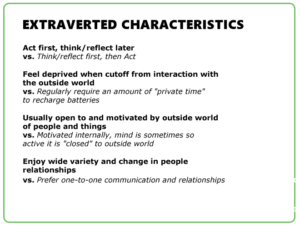

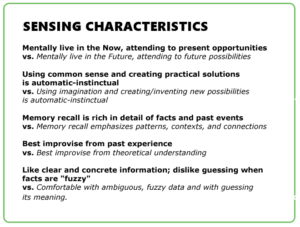
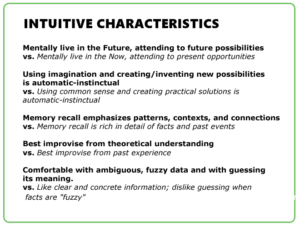
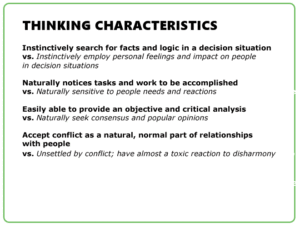
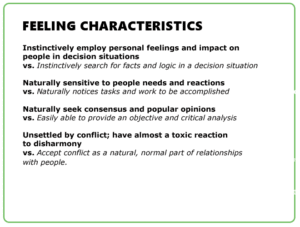
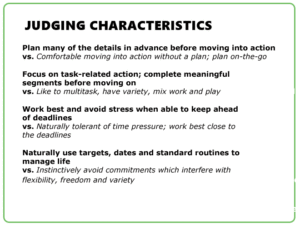
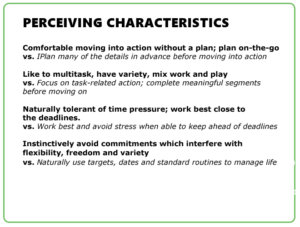
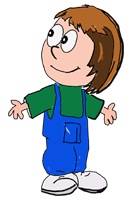
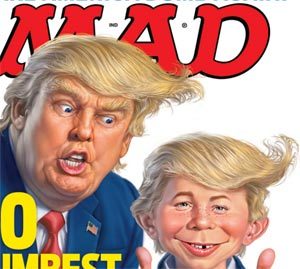
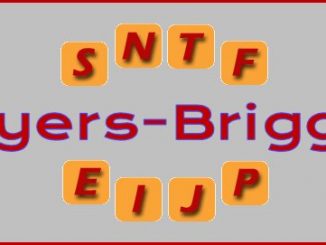
10 Trackbacks / Pingbacks
Comments are closed.